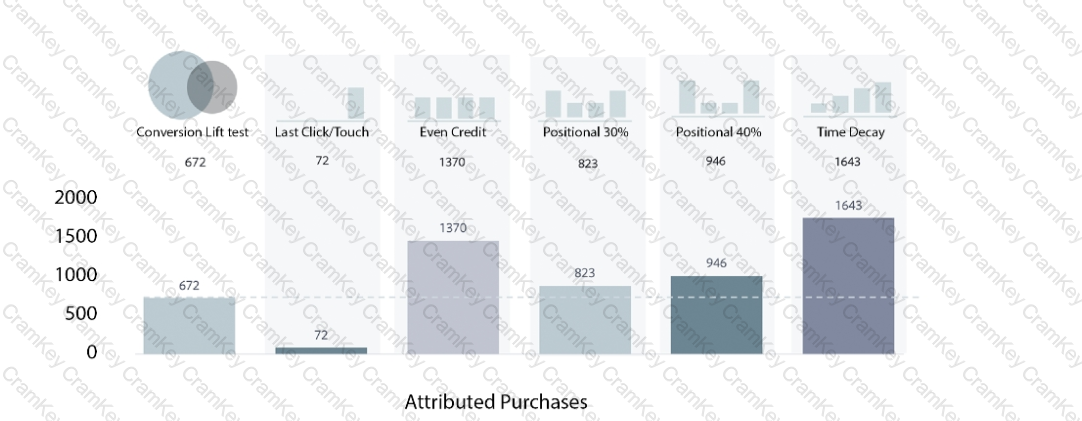Facebook Certified Marketing Science Professional
Last Update Apr 3, 2025
Total Questions : 60
To help you prepare for the 200-101 Facebook exam, we are offering free 200-101 Facebook exam questions. All you need to do is sign up, provide your details, and prepare with the free 200-101 practice questions. Once you have done that, you will have access to the entire pool of Facebook Certified Marketing Science Professional 200-101 test questions which will help you better prepare for the exam. Additionally, you can also find a range of Facebook Certified Marketing Science Professional resources online to help you better understand the topics covered on the exam, such as Facebook Certified Marketing Science Professional 200-101 video tutorials, blogs, study guides, and more. Additionally, you can also practice with realistic Facebook 200-101 exam simulations and get feedback on your progress. Finally, you can also share your progress with friends and family and get encouragement and support from them.
An advertiser is running a campaign on a new advertising platform where they will spend $100,000 over the course of four weeks with the goal of driving incremental purchases. The campaign targets men, ages 18-34 and does not hold out any users from seeing the advertiser's ads. Typically, the advertising platform sees that campaigns at this spend level reach about 75% of the target audience. The analytics team at the advertising platform recommends measuring the effect of the campaign by measuring the conversions driven by all users who saw an ad versus all users who did not see an ad.
What is the primary limitation of this approach?
A new energy beverage brand needs to measure its upcoming digital campaign using experimental design. The campaign will run through an ad network that specializes in delivering ads to the most suitable audiences according to the message that is being communicated. When approaching a measurement partner, it learns that their suggested methodology has the following characteristics:
• Splits the intended audiences into two groups: A and B
• Group A will be shown the brand's advertising
• Group B will be shown a public service announcement instead of the brand's ad
• A survey with at least 500 respondents per group will then be conducted focusing on brand favorability
• The scores will be compared between both groups
What should the brand manager expect from this experimental setup?
A large news company wants to develop a test that will show up in their marketing-mix model. The goal is to identify the effect of a new media channel during a one-week test conducted across many digital channels as well as TV. They are a national newspaper, so a significant number of conversions come organically on a weekly basis.
The company typically spends $275,000 per week on media, and plans to spend an additional $5,000 on this test, for a total weekly spend of $280,000. The company typically spreads the $275,000 across three digital channels and a mid-sized TV buy.
Which action should be taken to ensure the feasibility of the test showing up in the model?
Anonline retailer knows their incremental effect from Facebook ads from their previous Conversion Lift test. They want an always-on attribution solution that allows them to allocate its budget across publishers on an ongoing basis. The challenge is identifying a model that is as close to their true business value as possible.
Refer to the following results:

Which Attribution model should the retailer choose?